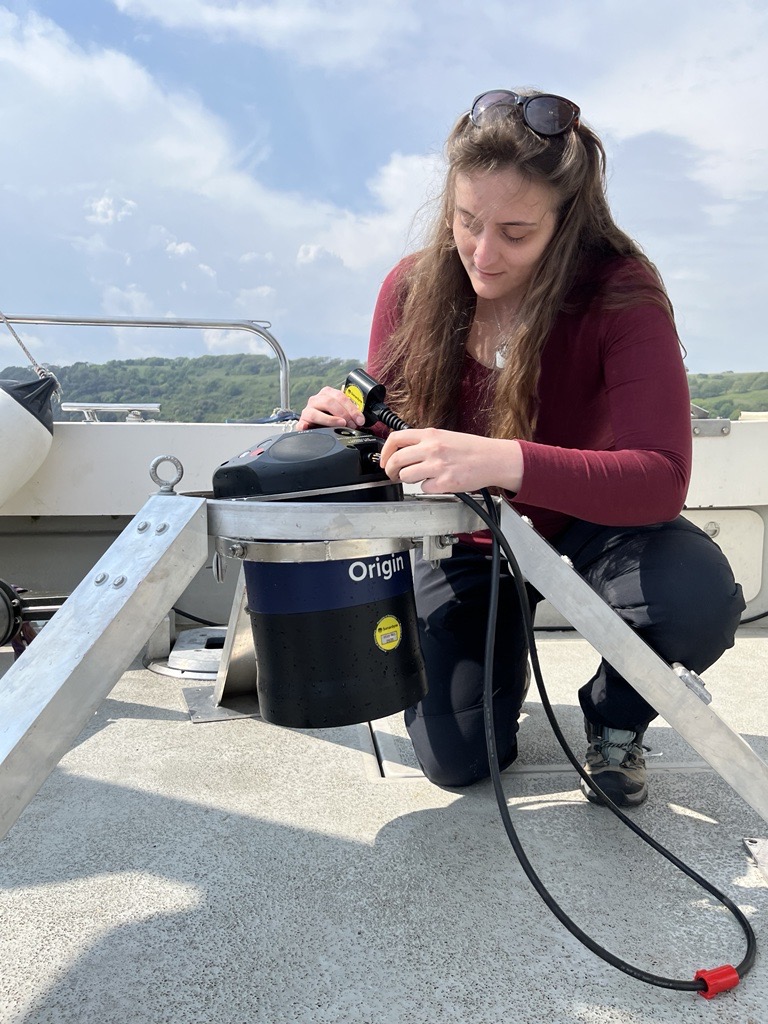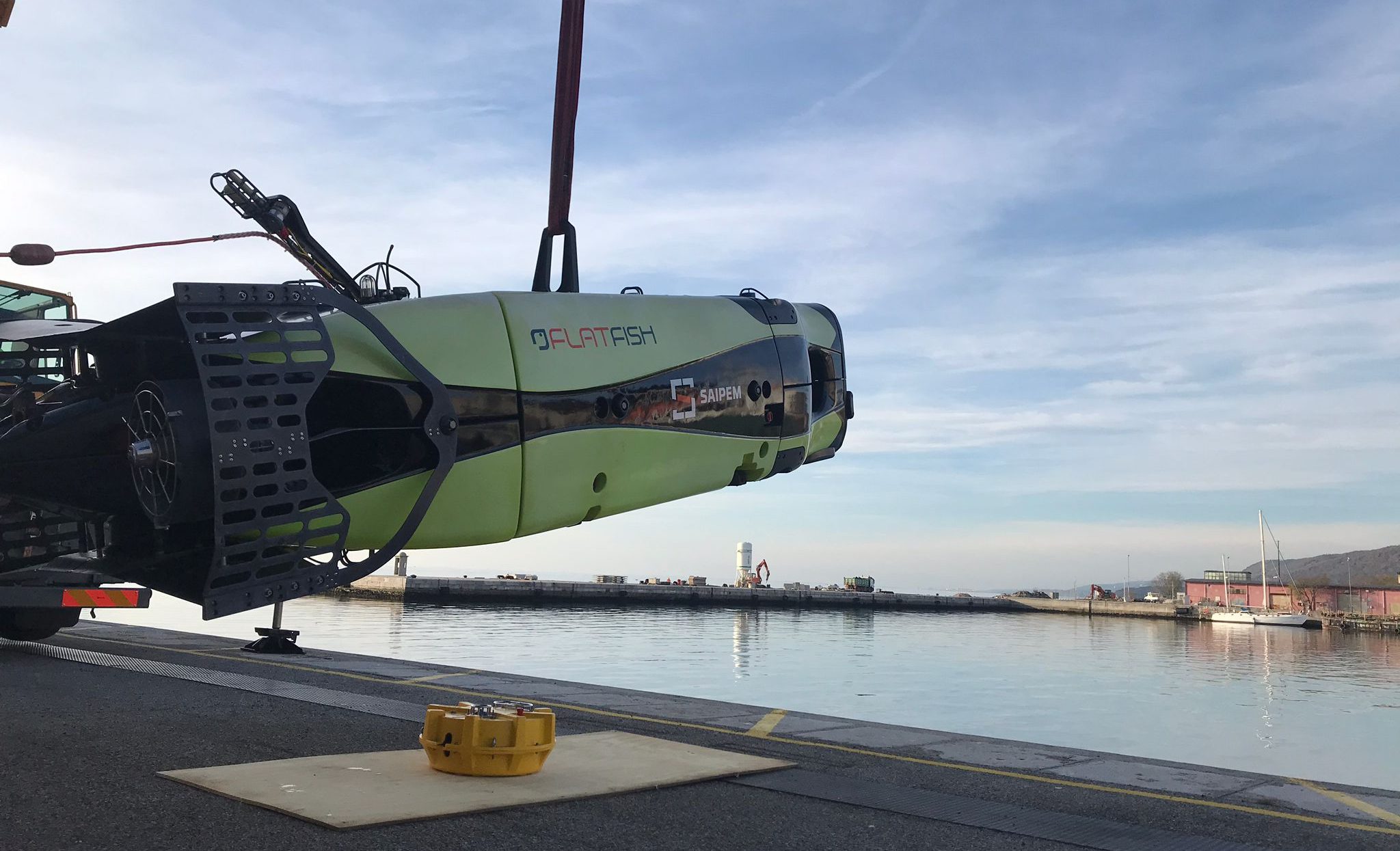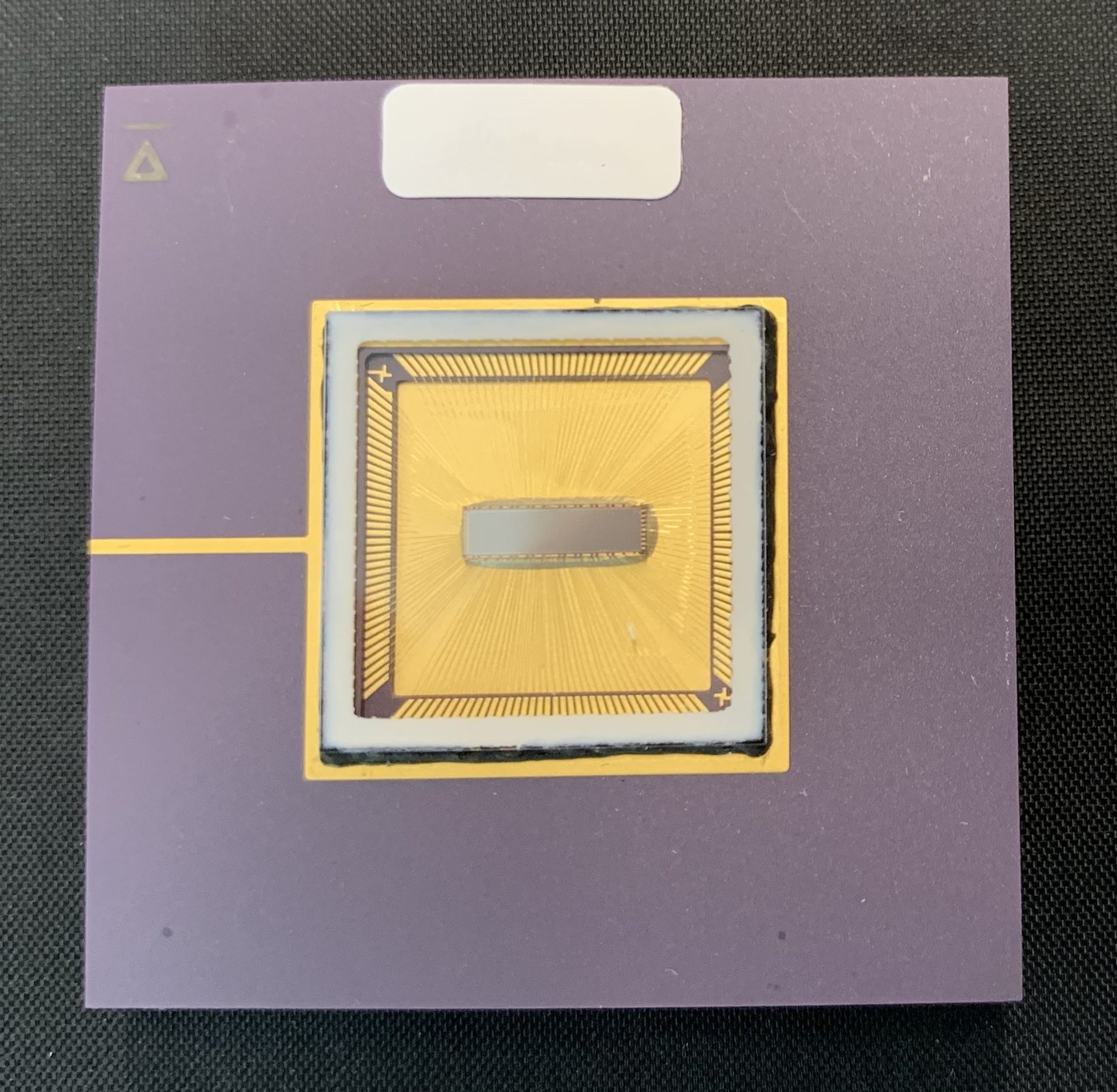Navigating with optimal precision – why aperture size is important in hybrid systems.
-
Edmund Ceurstemont, Oliver Tracey, Aidan Thorn and John Houlder.
In our previous navigation series blog, we talked about the value of a tightly calibrated hybrid navigation system. In this blog we focus on the Doppler Velocity Log (DVL), why aperture size is important, and the crucial role it plays in the hybrid navigation system.
Subsea autonomy relies on selecting the best performing instruments in the most optimal form factor available. As a manufacturer of navigation solutions (SPRINT-Nav) Sonardyne also design and manufacture the Syrinx range of Doppler Velocity Logs. Every time Sonardyne design an instrument or system, we start with a user problem we can solve, or a technology we want to bring to market to solve a possible future problem.
In this example we’ll focus on how we specify our DVLs, before looking at how they are used in our SPRINT-Nav products. We go back to first principles to determine the optimum DVL characteristics for the intended use case. Here we introduce one of the most visible characteristics of Sonardyne DVLs, their aperture and how it affects performance and usability.
We often talk about the importance of Size, Weight and Power (SWaP) in marine autonomous system payloads. When it comes to DVLs however, we also have to think about optimising them for performance within the SPRINT-Nav unit. This is two-fold, having the correct form factor to optimise DVL precision but also having tight integration utilising low level data directly from the DVL into the hybrid solution.
The key reason SPRINT-Navs are the shape they are is that for optimal performance we maximise the surface area for the DVL in our design, to maximise performance. The physics dictates that SPRINT-Nav products have the best form factor to optimise performance in the market and the importance of the DVL to that is explained below.
How does a DVL work?
DVLs work on the basis of transmission of an acoustic signal using a piezo electric transducer and using the same transducer to receive the “echo” return from the seabed. The difference in frequency of this return is crucially used to calculate the velocity, the timing of the return is used to compute the altitude of the unit relative to the seabed.
How do you design a DVL?
When designing a DVL the key parameters that affect the performance, always trading precision for altitude of the unit, are:
- Frequency of the acoustic signal
- Acoustic energy
- Angle of the transducer
- Size of the transducer
Our first consideration is frequency as you cannot judge a DVL by the size of the transducer unless the frequency is constant. See below for an example of the beam width of a piston transducer of 30mm and 54mm diameter.
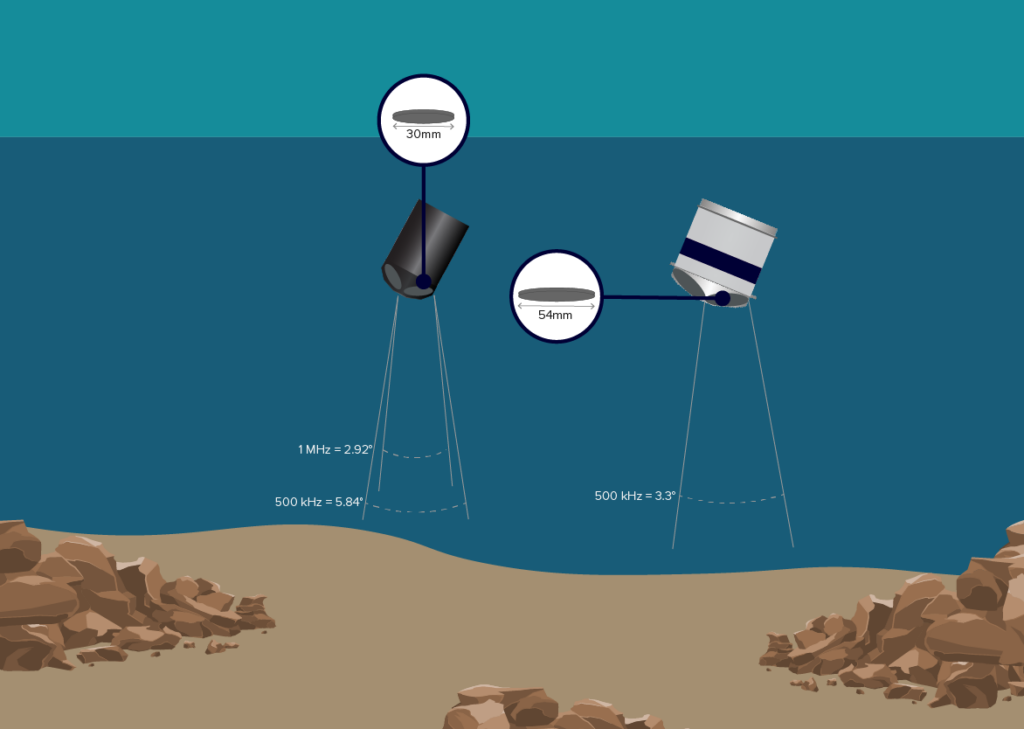
Figure 1: Difference in beam width for a fixed size transducer at 500 kHz and 1 MHz frequencies
A narrower beam width equals a tighter doppler spread which drives an increase in precision of the instrument. Furthermore, as the beam gets narrower the more directivity gain you get, i.e. the effective source level is larger. Sonardyne manufacture 400, 500 and 600 kHz DVL’s which are optimised for precision and altitude. Other systems offer higher altitude through lower frequency DVLs but this is a trade-off between the precision of the DVL required when at operational altitude and the maximum altitude requirement.
It might be tempting to opt for the highest frequency instrument possible to maximise precision if operational range is not a consideration. However, as the operational range of UUVs extends, the ability to maximise DVL altitude whilst maintaining DVL precision – and thus navigation – performance is key.
The precision decreases as the beam width grows, this is due to larger differences between the lower edge of the beam and upper edge of the beam. Further, there will be larger differences between lower and upper edge of the beam as velocity increases.
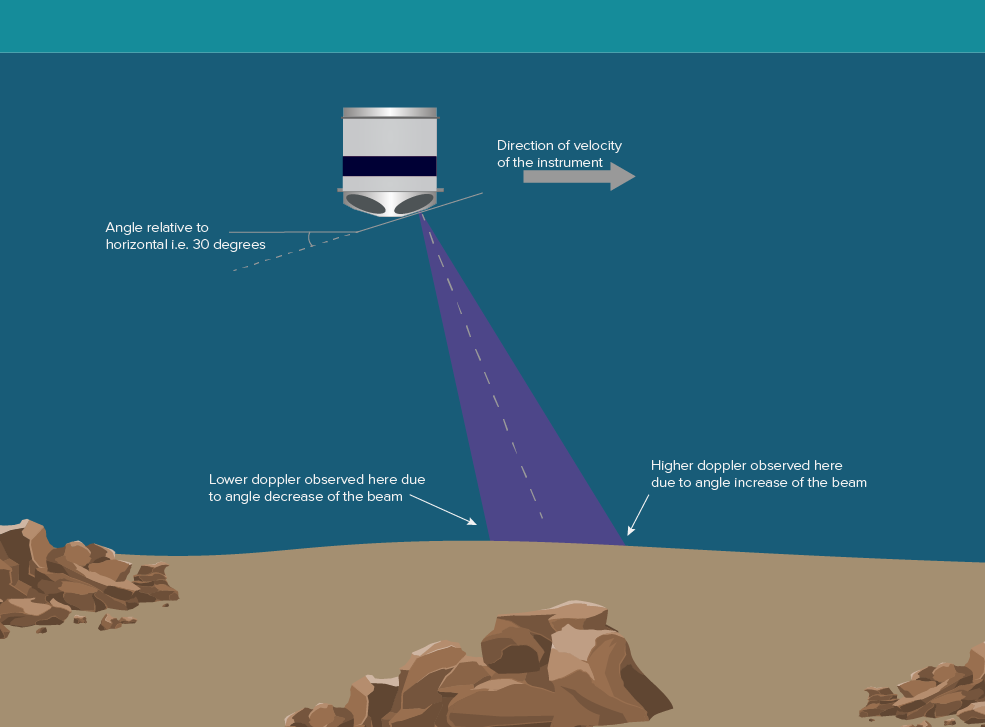
Figure 2: How beam width affects doppler measurement
In essence:
- Doppler shift from lower beam = velocity * cos (angle of transducer + beam width)
- Doppler shift from upper beam = velocity * cos (angle of transducer – beam width)
If the beam width was zero (only possible theoretically) then there would be no doppler spread, or the precision error would be zero. As the beam grows the error increases and is also proportional to the velocity of the instrument, hence why precision standard deviation gets bigger at higher velocities.
In summary, for a fixed frequency of 500 kHz and fixed acoustic power of 10 Watts and same Janus angle on the instrument, these are the theoretical differences the size of DVL aperture alone makes to DVL performance.
| 30mm Aperture DVL transducer | 54mm Aperture DVL transducer | |
| Frequency | 500kHz | 500kHz |
| Beam width | 5.8° | 3.3° |
| Precision | 0.69 cm/s @ 1 m/s
1.38 cm/s @ 2m/s |
0.39 cm/s @ 1 m/s
0.79 cm/s @ 2 m/s |
| Source level | 214 dB | 219 dB |
| Expected altitude of the instrument | 195 m | 210 m |
Conclusion: So, what does this mean for navigation?
For accurate navigation, understanding of the precision of a DVL is essential. Precise DVL provides a robust long-term measure of velocity and when combined with accurate sound velocity will lead to better navigation.
Having a sensor with larger altitude range will decrease the amount of time the UUV will spend in depth constrained free inertial navigation, thus reducing the rate of position error growth. This is increasingly important in subsea robotic operations as we see remote operations expand where UUVs may be travelling over larger distances, away from ships and shore so traditional aiding sources like USBL will be less available. The physics speaks for itself and selecting an instrument with the maximum aperture size possible will increase the performance of the unit. This is essential in any application where the unit is used to aid navigation and provide vehicle control.
Keep an eye out for the next navigation blog coming soon. If there’s anything in this article you’d like to discuss or to discuss your subsea navigation challenges, do let us know or contact your local Sonardyne office.
Want to find out more about this article?
Speak to an expert





